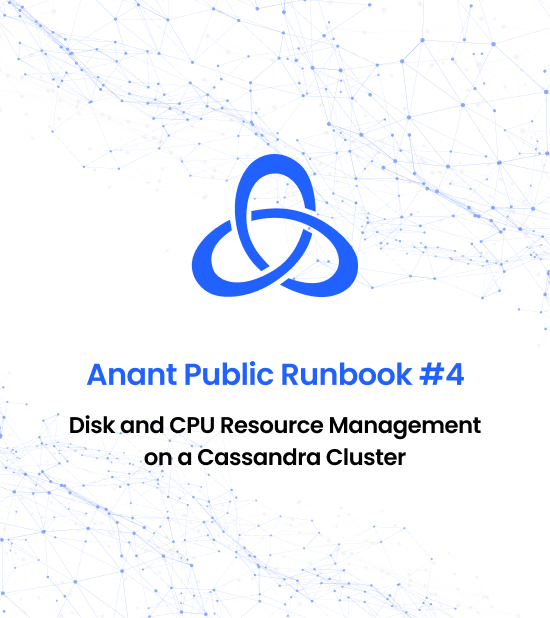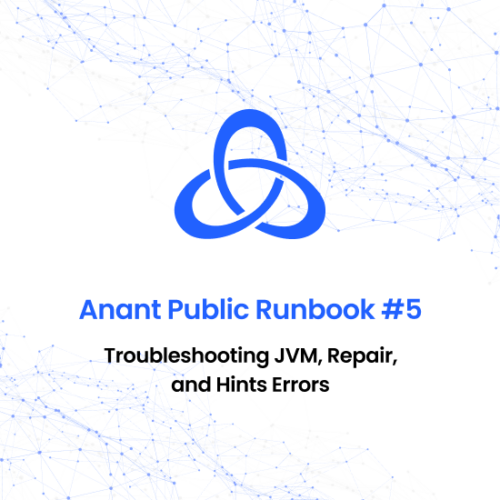Questions the Runbook Answers:
-
What are the symptoms of needing to horizontally scale up or scale down a Cassandra cluster?
-
What metrics should be monitored to check if a Cassandra cluster is properly sized or if it requires to be scaled up or down?
-
How can Cassandra clusters be horizontally scaled up or down and what are the differences between the methods?
-
What is batching in Cassandra?
-
What are the symptoms of improper usage of large batches in Cassandra?
-
How can batch statements larger than the batch_size_warn_threshold_in_kb or batch_size_fail_threshold_in_kb be identified?
-
What is the method to resolve batch warnings/errors in Cassandra?
-
What are the best practices to tune batch statements in Cassandra?
-
What is garbage collection in Java?
-
How can large GC pauses affect Cassandra read/write latencies?
-
What are the methods to diagnose large GC pauses in Cassandra?





Reviews
There are no reviews yet.